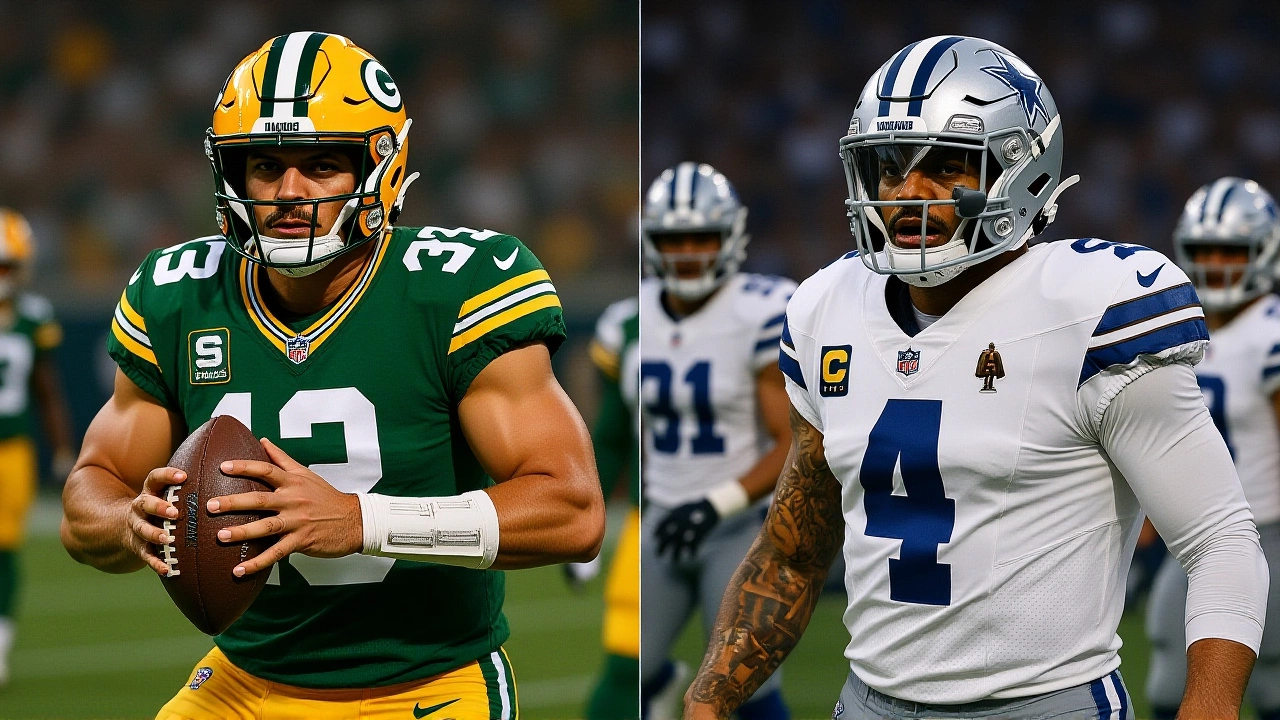AT&T Stadium – The Ultimate Guide
When talking about AT&T Stadium, the massive Dallas‑based arena that hosts the Dallas Cowboys and major events. Also known as Jerry World, it boasts a retractable roof and one of the world’s largest video boards. Built in 2009, the venue reshaped expectations for indoor football spaces and set a new bar for fan experience.
As a home for the Dallas Cowboys, the team’s brand and merchandising engine leans heavily on the stadium’s capacity to host 80,000+ spectators. The Cowboys’ presence drives a constant flow of high‑profile games, concerts, and corporate events, turning the arena into a year‑round entertainment hub.
The NFL, the professional American football league uses AT&T Stadium as a testing ground for rule changes, broadcast innovations, and fan‑engagement tech. When the league rolls out new camera angles or real‑time stats, the stadium’s massive video board and acoustics become the proving ground.
Key Features and Signature Events
One of the most talked‑about features is the 160‑foot high, 360‑degree video screen that stretches from one 20‑yard line to the other. This screen turned a regular game day into a visual spectacle, influencing how other venues design their own display systems. The stadium’s roof, which can open or close in under 12 minutes, showcases engineering that blends weather protection with an open‑air feel.
AT&T Stadium has also hosted multiple Super Bowl, the NFL’s championship game, most recently in 2023. Those events highlight the venue’s ability to manage massive crowds, coordinate global broadcasts, and deliver a party‑like atmosphere that rivals any major festival.
Beyond football, the arena attracts college bowl games, high‑school championships, and even world‑class concerts. Musicians appreciate the acoustics, while organizers love the flexible seating that can shift from a traditional 80,000‑seat layout to a more intimate 60,000‑seat configuration for different event types.
In terms of sustainability, the stadium incorporates LED lighting, water‑reuse systems, and solar panels on the roof’s outer edges. Those green initiatives reduce the carbon footprint of each event, showing that massive venues can still prioritize environmental responsibility.
From a business perspective, the stadium’s naming rights deal with AT&T generated a seven‑figure annual revenue stream for the Cowboys franchise. That partnership demonstrates how corporate sponsorships can fuel stadium upgrades, fan‑experience tech, and community outreach programs.
When you think about why AT&T Stadium matters, consider three core ideas: it encompasses the NFL’s biggest moments, it requires cutting‑edge engineering to stay ahead, and it influences stadium design worldwide. Those semantic connections help you see the bigger picture beyond a single game day.
Below you’ll find a curated list of posts that dive deeper into the stories, controversies, and behind‑the‑scenes moments that have shaped this iconic arena. From player spotlights to debates about media coverage, the collection gives a full‑circle view of why AT&T Stadium continues to dominate the sports conversation.

Packers vs. Cowboys End 40-40 Overtime Tie in Thrilling SNF Showdown
The Packers and Cowboys battled to a rare 40‑40 tie at AT&T Stadium, highlighted by Micah Parsons' return to face his former team, shaking up division standings.
© 2025. All rights reserved.